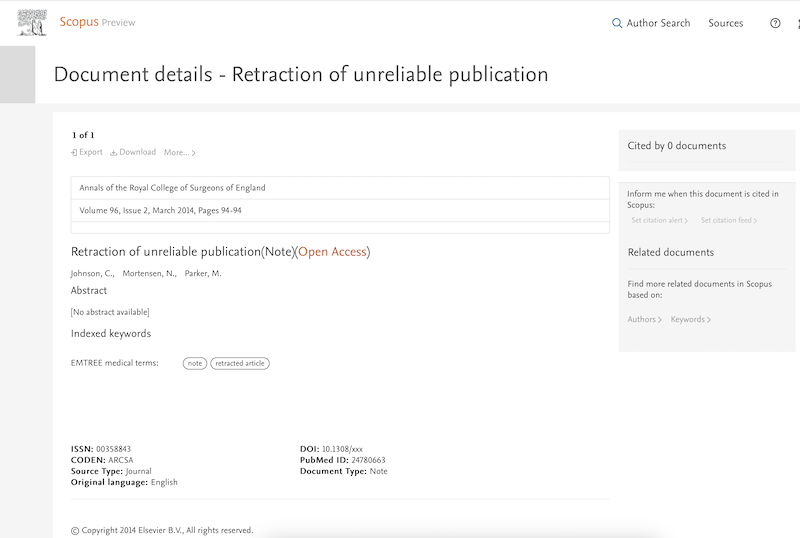The Washington Post quoted NIH researcher Paul Hwang: “Amazing findings in medicine are sometimes based on one patient”.
The findings here are a breakthrough discovery in a disease called ME/CFS – commonly known as chronic fatigue syndrome or myalgic encephalomyelitis – which led to a recent PNAS paper. This is an amazing moment: Without biomarkers, it’s been a contested disease “you have to fight to get”.
What really strikes me, though, is the individual interactions that created a space for knowledge production: an email from one citizen (Amanda Twinam) to one scientist (Paul Hwang); “serendipitous correspondence” from another scientist (Brian Walitt) with access to “an entire population” (9 of the 14 tested for the PNAS paper were similar to Amanda). Reading the literature, writing well-timed correspondence, and “hearing about” synergistic work going on in another lab all seem to have contributed.
Mady Hornig, a researcher not involved in the project, told the reporter: “It’s not very common that we do all of these … steps, having doctors who are really persistent about what is happening with one individual and applying a scientific lens.”
But what if we did?
Dumit, Joseph (2006). Illnesses you have to fight to get: Facts as forces in uncertain, emergent illnesses. Social Science & Medicine, 62(3), 577–590. https://doi.org/10.1016/j.socscimed.2005.06.018
Wang, Ping-yuan, Ma, Jin, Kim, Young-Chae, Son, Annie Y., Syed, Abu Mohammad, Liu, Chengyu, Mori, Mateus P., Huffstutler, Rebecca D., Stolinski, JoEllyn L., Talagala, S. Lalith, Kang, Ju-Gyeong, Walitt, Brian T., Nath, Avindra, & Hwang, Paul M. (2023). WASF3 disrupts mitochondrial respiration and may mediate exercise intolerance in myalgic encephalomyelitis/chronic fatigue syndrome. Proceedings of the National Academy of Sciences, 120(34), e2302738120. https://doi.org/10.1073/pnas.2302738120
Vastag, Brian (2023, September 19). She wrote to a scientist about her fatigue. It inspired a breakthrough. Washington Post. https://www.washingtonpost.com/health/2023/09/17/fatigue-cfs-longcovid-mitochondria/ Temporarily open to read via this gift link.



